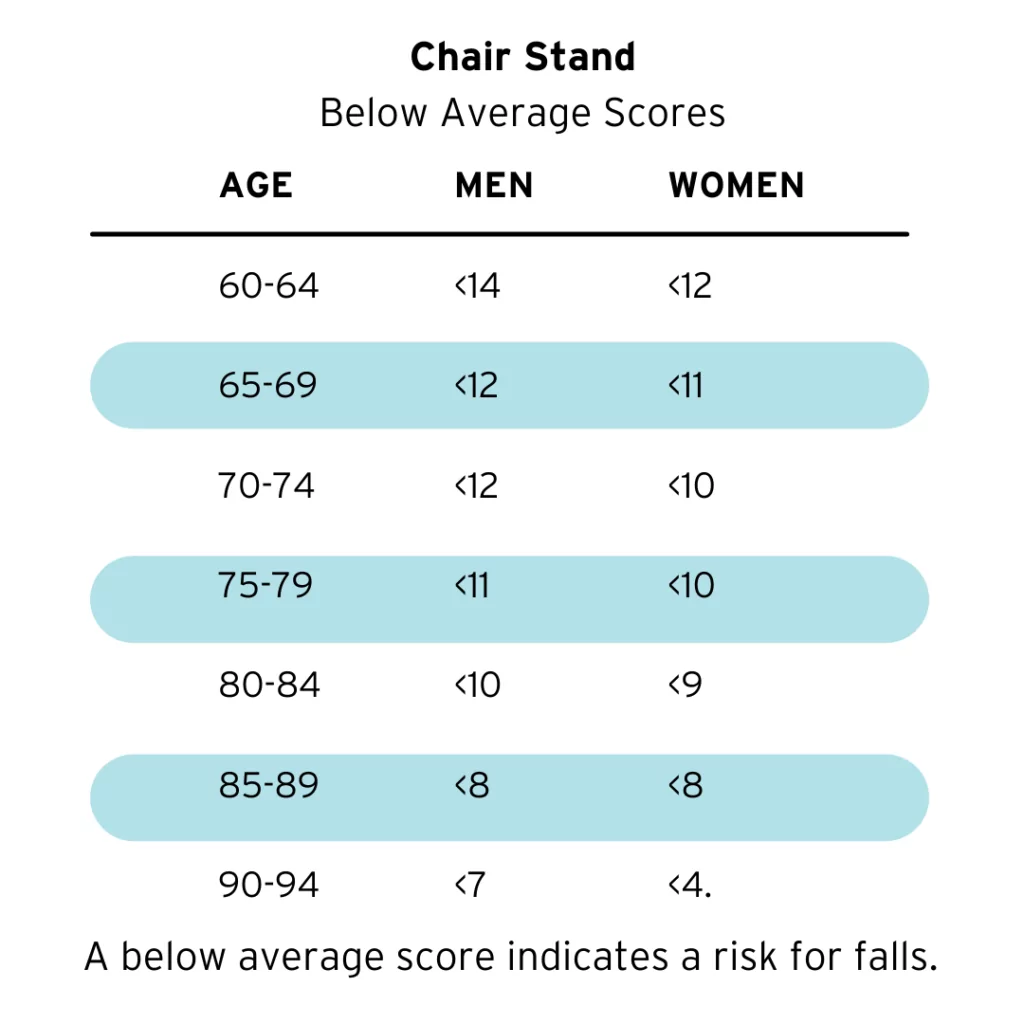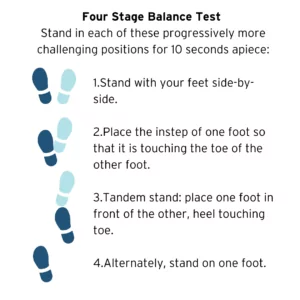Fall Prevention
Fall prevention is important for seniors Fall prevention for older adults is an important part of addressing one of the leading health concerns for people over the age of 60, which is falling, often related
Patient Perspective
Falls can happen anywhere, anytime. Falls are common among senior citizens and some even incorrectly consider them a normal part of aging.
But the truth is, anyone at any age can suffer a devastating fall as a result of vestibular system dysfunction.
The vestibular system lives in the inner ear and tells the brain where you are relative to your surroundings. If the vestibular system is damaged due to illness or injury, a person might experience dizziness, imbalance, disorientation, or even spinning vertigo, resulting in a fall.
Whether you’re 16 or 60 years old, if you have a vestibular disorder, take precautions to prevent a fall.
Here are two tests to gauge your risk of falling. Physical therapy, exercise, and being mindful can help maintain and improve your balance while decreasing the risk of a fall.
Count how many times you can stand up and sit down in a chair without using your hands as much as possible during 30 seconds.

Stand in each of four, progressively harder positions for 10 seconds apiece.

If you have a vestibular disorder, your first instinct may be to dial down the physical activity in your life. After all, there’s less risk of falling if you stay safely seated, right?
Actually, a lifestyle that includes regular physical activity can help you maintain your muscle mass and strength, and keep you flexible and limber, all of which help reduce your risk for injury and fracture.
Don’t let a fear of falling rule your life and leave you sitting on the sidelines. Instead, consider these five simple fall prevention strategies:
Do some form of leg and core muscle strengthening every day to make you more stable and secure on your feet. Exercises like side leg lifts, calf raises and wall slides are often good choices. Ask your healthcare provider for a fracture risk assessment and for exercise recommendations that are best for you.
Performing balance exercises (such as the 30-Second Sit to Stand Test and 4 Stage Balance Test, above) can reduce falls, especially if practiced several times a week.
Wear supportive, lightweight shoes that have firm, non-slip soles. (Read more about proper footwear.)
Walking poles increase upper body strength, provide stability and confidence while walking, and can be used for support during standing exercises, weight bearing activity and core muscle strengthening. Improved balance and attention to good posture are common fall prevention strategies. (Get 10% off on Urban Poling's Activator poles.)
Remove tripping hazards by eliminating clutter, such as loose rugs, storage boxes and magazine racks. Then look for opportunities to sit less and move more. For example, at the office regularly get up from your chair and stretch, take a stroll, stand during phone calls, or accomplish a walking errand. (Learn more about home safety.)
 REGain Your Mobility with Activator Poles
REGain Your Mobility with Activator PolesWalking can help you improve your balance. Activator poles from Urban Poling were designed to provide stability so you can get back to doing what you love. From their ergonomic hand grips to their wide foot grips, Activator poles keep you firmly rooted so you can move safely. Get a 10% discount through VeDA!
Are you tired of searching for the latest vestibular news? Then sign up for VeDA's free monthly newsletter! V-News includes information on current research, patient stories, VeDA events, and more! It's easy to subscribe, and just as easy to unsubscribe.
Give it a try!